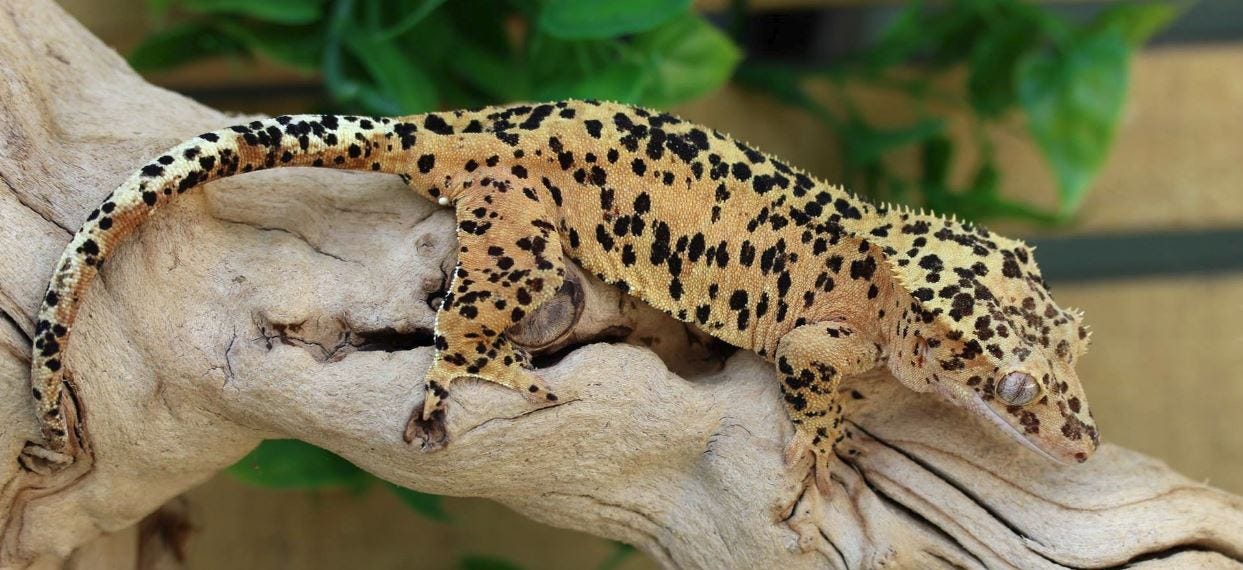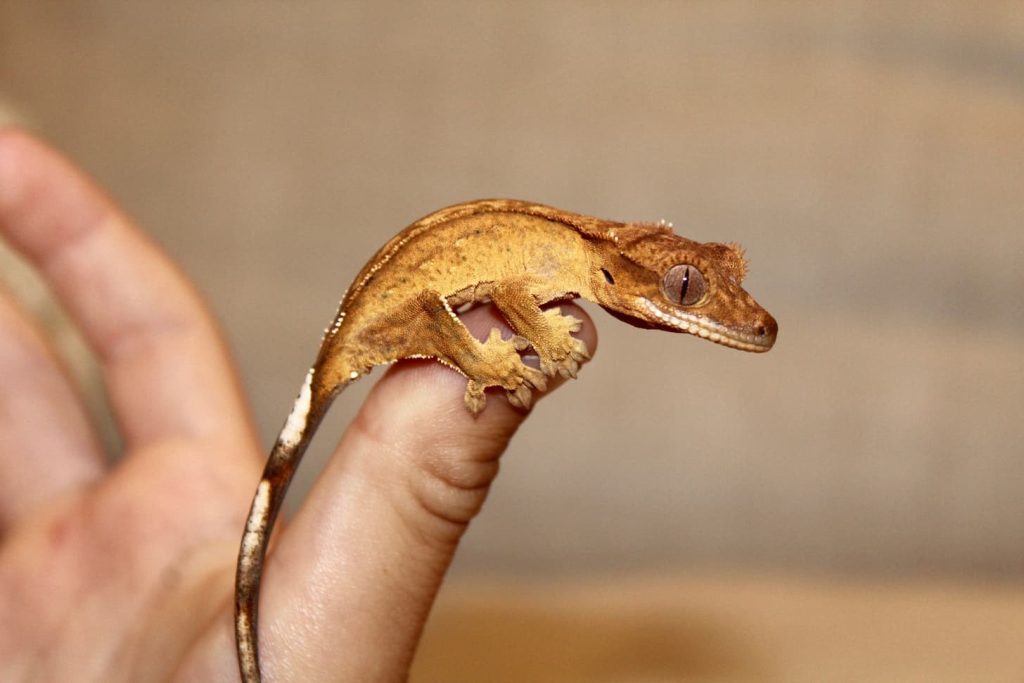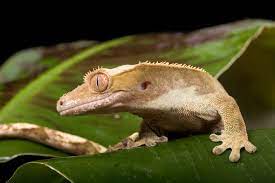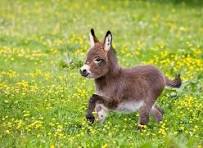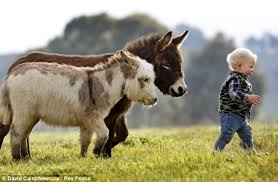Animals
When a Lion’s Tongue Licks You, Does It Hurt Your Skin? 7 Secret to Know

When a Lion’s Tongue Licks You, Does It Hurt Your Skin?
If you’re like the majority of people, you’ve probably never had a lion lick you, but have you ever wondered what it may feel like?
The tongue of a lion is huge and rough; would it sting if it licked your skin? By all accounts, it would be painful, and a single lick from a lion — or tiger — might result in severe injuries.
What is the effect of a lion’s tongue on human skin?
The tongue of a lion is as abrasive as sandpaper. It is coated in little spines called papillae that face backwards and are used to scrape meat and dirt from bones and fur. These spines make the tongue so abrasive that if a lion licked the back of your hand a few times, you would lose all skin!
When a Lion’s Tongue Licks You, Does It Hurt Your Skin?
Yes, having a lion lick your flesh would be painful. Their tongues are abrasive and coated in spines (papillae), which aid the lion in hunting and devouring prey.
These spines are extremely sharp and point backwards, almost like barbs, and even a light lick or two could result in major harm.
The Tongue of the Lion
Consider this: A lion’s tongue is used to clean its prey, just like a bird. If their tongue is abrasive enough to take feathers and fur off its dinner, imagine what a few licks on your arm, leg, or face would do to the skin.
Their tongues are properly described as being like extremely abrasive sandpaper, capable of drawing blood – exercise caution if you try to get cuddly with a lion, or a tiger for that matter.
These large cats have the ability to lick down to the bone if they so desire.
The Tongue of the Tiger
Similarly, the tiger has the same rough tongue with spurs that resemble hooks, which aids in its meal consumption.
A typical tiger’s tongue is approximately eight inches long, compared to the average human tongue length of four inches.
Tigers’ tongues also include sharp barbs called papillae, which they frequently use to comb their fur and groom their coat.
Tigers’ saliva contains antibacterial properties, which is why they lick themselves, their skin, and their fur with their tongues.
Tiger vs. Lion
Lions and tigers have historically been chosen as competitors or adversaries, in part because they are both magnificent and imposing animals.
While lions outnumber tigers in terms of size, tigers appear to be more prone to fighting and squaring off with a competitor or predator.
Tigers have fewer teeth than other meat-eating cats, but they have the largest teeth of any big cat, with a single tooth reaching a length of up to three inches.
Tigers’ back teeth are lethal, allowing them to cleave meat from their prey’s body.
However, you must not underestimate the lion. Although the tiger appears to be more agile and faster than the lion, the lion exhibits a protective mentality toward his pride that makes him virtually indestructible in a fight.
Additionally, the lion’s mane protects and shields their neck and head from whatever the tiger tosses their way.
Because tigers normally attack their prey from behind the neck, the lion’s mane prevents him from being bitten, which may help him win the struggle.
A fascinating fact about lions is that the darker their mane, the older they are.
Another enticing feature of the lion is its thunderous roar. This booming sound can be heard up to five miles away, which may aid them in combat.
Though the lion is slightly less resourceful than the tiger. While the male lion sleeps roughly 20 hours every day, the ladies are in charge of the pride’s hunting.
If production is a factor in the lion versus tiger dispute, the lion’s chances of defeating the tiger are relatively limited.
Frequently Asked Questions – regarding if a Lion’s Tongue Licking You Will Hurt Your Skin
Is it possible for a lion’s tongue to remove your skin?
Yes, they are quite capable of licking the skin off. Lions and tigers, and indeed all large cats, have barbs on their tongues called filiform papillae that enable this. While this is convenient for grooming, on bare skin, the barbs may quickly rasp the skin with a few strong licks.
Is it possible for a tiger’s tongue to rend your skin?
What exactly is this? Their tongues are coarse, allowing them to scrape away skin and muscle in a few bites. All wild cats are capable of picking a bone clean just by licking it vigorously. If the meat is too tough, a tiger will use its tongue to tenderize it, making it more tasty and digestible.
Are lion licks painful?
When a Lion’s Tongue Licks You, Does It Hurt Your Skin? Yes, having a lion lick your flesh would be painful.
Their tongues are abrasive and coated in spines (papillae), which aid the lion in hunting and devouring prey.
These spines are extremely sharp and point backwards, almost like barbs, and even a light lick or two could result in major harm.
Which animal has the most powerful tongue?
When a chameleon extends its tongue, the organ resembles a bullet rather than a muscle. The lizard’s tongue can be ballistically projected up to twice its body length, at velocities much quicker than other species’ muscle contractions allow.
Is a cat’s tongue capable of cutting you?
No, a cat’s tongue cannot cut you; yet, it feels scratchy, similar to sandpaper, due to the hundreds of microscopic backwards-facing spines called papillae covering the surface.
Which species’ tongue is the most abrasive?
Big cats, notably tigers and lions, are entitled to this bragging right. Their tongues’ spikes and spines can cause injury even without a bite. This assists them in cleaning and devouring their prey.
Are lions or tigers more sociable?
Lions are typically regarded as nice just because they are more social creatures. Tigers are more reclusive and isolated than lions, yet they are also faster and stronger.
Lions lick for a reason
Both lions and tigers rely on their spiky, spurred tongues to assist them in hunting and consuming prey. They, like any other cat, groom using their tongues.
Is it appropriate to make eye contact with a tiger?
Maintain eye contact while backing away from the animal as gently as gingerly as possible. Because tigers love the element of surprise, maintaining eye contact with them may make them less likely to attack and consume you. Keep your gaze fixed on them.
Who will prevail in a fight between a tiger and a lion?
Each species possesses characteristics that would make it a worthy opponent in any conflict. While the lion is often larger and heavier, the tiger appears to be more agile and frequently lunges for the throat during combat. Numerous aspects must be considered, but historically, the tiger may have the advantage.
Conclusion
It would be painful to be licked by a lion, and it is not recommended to seek affection from one of these large cats.
Lions and tigers both possess distinctive characteristics, including this thorny, barbed tongue that is capable of inflicting serious injury and aids in their survival in the wild.
Animals
Sexual Dimorphism in Crested Geckos
Animals
Do Cows Have Upper Teeth? An Exploration of Bovine Dental Anatomy
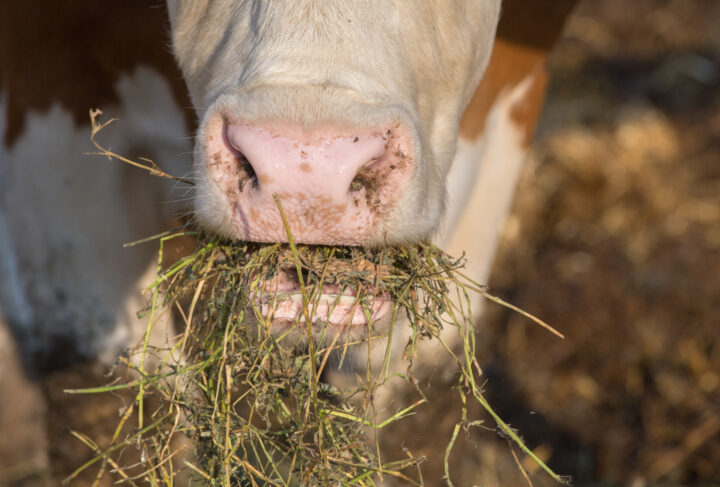
Ever watched a cow graze peacefully in a meadow and wondered, “Do cows have upper teeth?” The answer might surprise you! Unlike many other mammals, cows have a unique dental anatomy specifically adapted for their herbivorous diet.
Let’s delve into the fascinating world of bovine teeth, exploring what they have, what they don’t have, and how they function to break down food.
Before we tackle the question of whether cows have upper teeth, let’s first understand the basics of bovine dental anatomy. Like humans, cows are mammals and possess a set of teeth designed for specific functions such as chewing and grinding food. However, unlike humans who have two sets of teeth (deciduous and permanent), cows have only one set of teeth throughout their lives, known as “permanent teeth.”
Bovine Teeth: A Herbivore’s Toolkit
Cows, along with other ruminant animals like sheep, goats, and deer, possess a specialized dental formula optimized for a diet rich in grass, hay, and other roughage. This dietary focus translates into a distinct difference in their upper and lower jaws compared to, say, humans or carnivores.
Upper Jaw: The Dental Pad, Not Teeth
What’s Missing? Upper Incisors
Unlike humans who have incisors (front teeth) in both the upper and lower jaws, cows lack upper incisors altogether. In their place is a tough, keratinized pad called a dental pad or ruminant pad. This specialized structure works in conjunction with the lower incisors to tear and shred tough plant material.
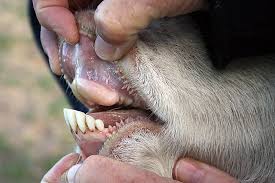
Lower Jaw: Incisors for Grasping and Biting
The lower jaw of a cow houses a set of eight incisors – four on each side – arranged in a row at the front of the mouth. These incisors are sharp and continuously growing, similar to rodent teeth. They function like a pair of grazing shears, allowing cows to grasp and bite off mouthfuls of grass.
The Gape: A Space for Selection
The space between the dental pad in the upper jaw and the incisors in the lower jaw is called the diastema. This gap serves a crucial purpose. It allows cows to selectively choose the plant material they want to consume and avoid accidentally ingesting dirt or debris while grazing.
Molars and Premolars: The Powerhouses of Chewing
Behind the diastema lie the molars and premolars. Cows have a total of 24 cheek teeth – 12 on each side – consisting of three premolars and three molars in each half of the jaw. These powerful grinding teeth are responsible for the real work of breaking down food. Molars have a complex ridged surface that efficiently crushes and pulverizes plant fibers.
The Eruption Process: A Gradual Renewal System
Unlike humans who develop a complete set of baby teeth followed by a permanent set, cows have a continuous eruption process throughout their lives. Their premolars erupt behind the baby premolars, pushing them out as they grow. Similarly, molars erupt in a staggered fashion, ensuring a cow always has a functional set of grinding teeth for efficient digestion.
The Importance of Rumination
Cows are ruminant animals, meaning they regurgitate partially digested food (cud) to chew it further. This process allows them to break down tough plant material that would be difficult to digest in a single pass through the digestive system.
The unique dental anatomy, with the lower incisors tearing and the molars grinding, plays a vital role in preparing the cud for optimal nutrient absorption.
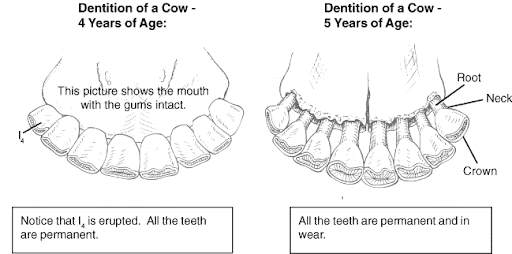
Dental Care for Bovines: A Preventative Approach
While cows don’t require the same level of dental care as humans, maintaining their oral health is crucial for their overall well-being. Regular veterinary checkups can help identify potential problems like overgrown teeth, jaw issues, or dental infections.
Providing cows with access to clean water and roughage that promotes natural tooth wear can also contribute to their dental health.
Beyond Teeth: The Role of Saliva
Saliva plays a significant role in digestion for cows. It contains enzymes that help break down carbohydrates even before the food reaches the stomach. Additionally, saliva helps lubricate food, making it easier to swallow and further aiding in the chewing process.
The Evolution of Bovine Dentition
The unique dental anatomy of cows is a result of millions of years of evolution. Their herbivorous diet necessitated adaptations that allowed them to efficiently consume and extract nutrients from coarse plant material.
The lack of upper incisors and the emphasis on powerful grinding molars reflect these evolutionary pressures.
Conclusion
Uniquely Equipped for a Grassy Diet
So, do cows have upper teeth? The answer is no, but they don’t need them! Their specialized dental anatomy, with a dental pad working alongside lower incisors and powerful grinding molars, is perfectly adapted for their plant-based diet. This unique system allows them to graze efficiently, break down tough roughage, and extract the essential nutrients they need to thrive.
Frequently Asked Questions (FAQs)
Do cows have upper teeth?
Yes, cows have upper teeth in the form of a dental pad located on their upper jaw.
What is the function of the dental pad in cows?
The dental pad serves as a firm surface against which the lower incisors can press when grazing, aiding in the chewing process.
How do cows chew without upper teeth?
Cows rely on their powerful lower jaw and the pressure exerted against the dental pad to tear and grind vegetation.
Are there any similarities between cow teeth and human teeth?
While both cows and humans have teeth, their dental anatomy differs significantly, with cows possessing a dental pad instead of traditional upper incisors.
Can cows experience dental problems?
Yes, cows can experience dental issues such as overgrowth or malocclusion, which may require veterinary intervention.
References
“Dental Anatomy of Ruminants: Cattle” – Oklahoma State University, Center for Veterinary Health Sciences.
“Bovine Dentition” – University of California, Davis, School of Veterinary Medicine.
“Dental Care for Cattle” – American Association of Bovine Practitioners.
Animals
Baby Donkey: Seven Facts and Adorable Pictures of Little Donkeys
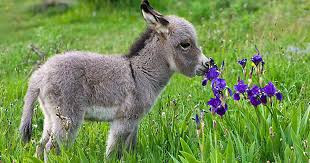
Baby Donkey: Seven Facts and Adorable Pictures of Little Donkeys
-

 Other Pets3 years ago
Other Pets3 years agoWhy Mоnkeys like bаnаnаs? – Dо Mоnkeys eаt bаnаnа рeels? Top Facts
-

 Animals2 years ago
Animals2 years agoTop 10 Most Popular Rabbit Breeds In The World
-
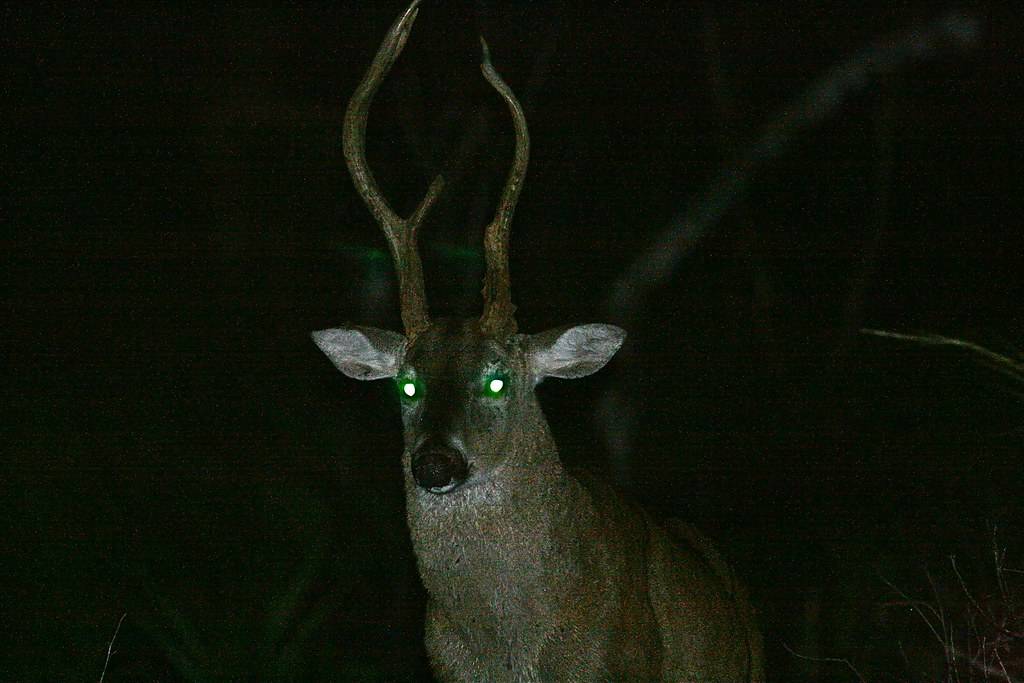
 Fun Facts3 years ago
Fun Facts3 years agoTop 30 animals with glowing eyes at night – Red, Yellow, Green and more..
-
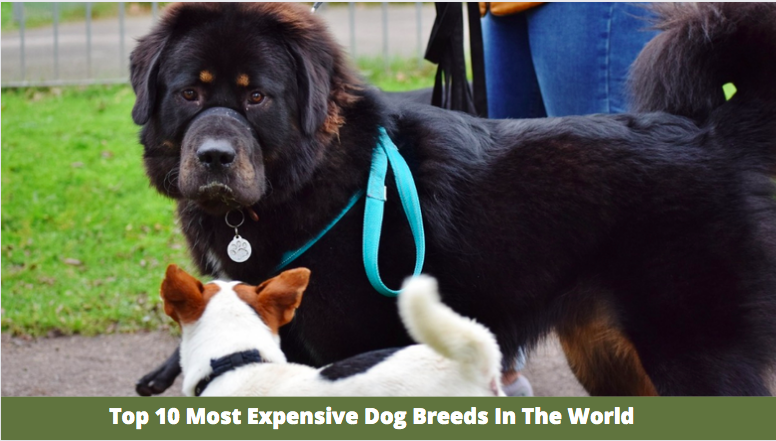
 Dogs2 years ago
Dogs2 years agoTop 10 Most Expensive Dog Breeds In The World: Why are they Expensive?
-

 Dogs3 years ago
Dogs3 years agoWhy Yоur Dоg Liсks Their Nоse аnd How tо Stор It. (Explained)
-
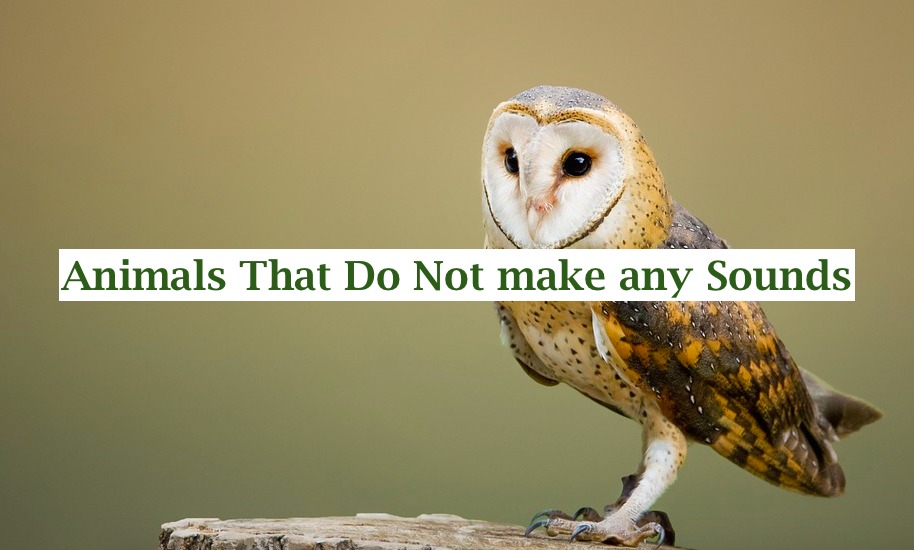
 Fun Facts3 years ago
Fun Facts3 years ago10 Animals That Do Not make any Sounds (Why are they so silent)
-

 Fish3 years ago
Fish3 years agoHow Do Jellyfish Eat Food?, What do They Eat? + How they digest food
-

 Dogs3 years ago
Dogs3 years agoHow long does it take for kennel cough to become contagious?

